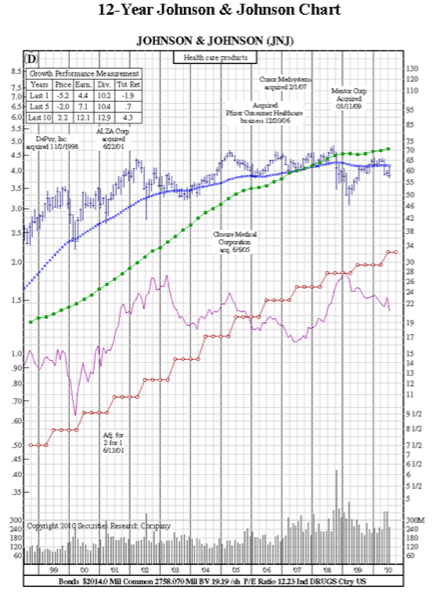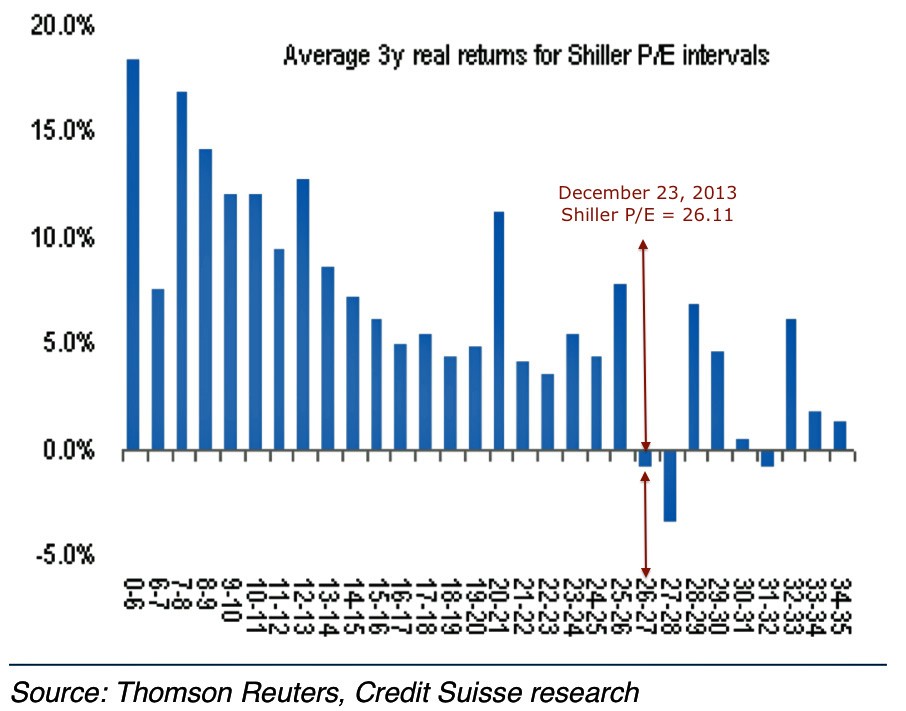PE ratios can vary dramatically depending on the E that you choose
Post on: 16 Март, 2015 No Comment

Q: Why would a stock’s price-to-earnings ratio be a low 3.3 based on trailing earnings and a high 104 for future earnings?
A: The price-to-earnings ratio (P-E) holds great mystique for many investors. But it’s really just a division problem.
A stock’s price-to-earnings ratio is its share price divided by its earnings-per-share. Everyone can agree on the share price, since that’s readily available and quoted in real time on a stock exchange. It’s the denominator investors disagree over, and the number you choose can create the dramatic effects on the P-E ratio that you’re noticing.
There are two popular ways of handling this. One is to use earnings from the past, or trailing twelve months, as the denominator. This trailing P-E is the most conservative because the earnings are official, and in the books.
Others prefer to use expected, or forward earnings, for the current year as the denominator. They argue earnings from the past twelve months are ancient history. And they point out that most companies beat earnings estimates anyway, making forward earnings also a pretty conservative benchmark.
The difference between the trailing and forward P-E, as you’ve found, can be huge, especially for a company that’s growing or shrinking dramatically. In most cases, earnings for the trailing twelve months are lower than the forecasted earnings. When that’s the case, the trailing P-E will be higher than the forward P-E.
But your case is the opposite. That means analysts are expecting the company’s earnings to be dramatically lower in the next 12 months than they were in the past 12 months.

Let’s use an example. Imagine a stock trading for $50 a share that earned $15.15 a share in the past 12 months and is expected to earn 48 cents a share in the coming 12 months. That’s a 97% decline in earnings. If you do the math and divide $50 by $15.15, you see the stock has a 3.3 trailing P-E. And if you divide the same $50 stock price by the 48 cents expected earnings, you see a forward P-E of 104.
Is this good or bad? On its face, it looks bad because earnings are falling so much. But you’ll want to research the company and find out why earnings are expected to fall so precipitously. There may be a good reason for it, such as the divestiture of a major business unit or other corporate restructuring.
Matt Krantz is a financial markets reporter at USATODAY. He answers a different reader question every weekday in his Ask Matt column at money.usatoday.com. To submit a question, e-mail Matt at mkrantz@usatoday.com .














